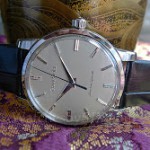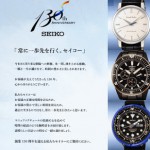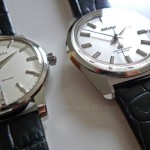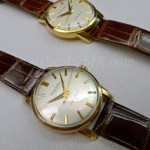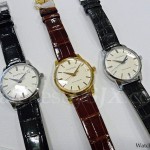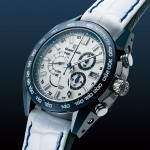I just received from Lange a wonderful press release, paired with terrific macro photos, outlining some of the most important traditional movement finishing techniques, like striping, perlage and anglage, so well executed by Lange in watches like the Double Split Chronograph.
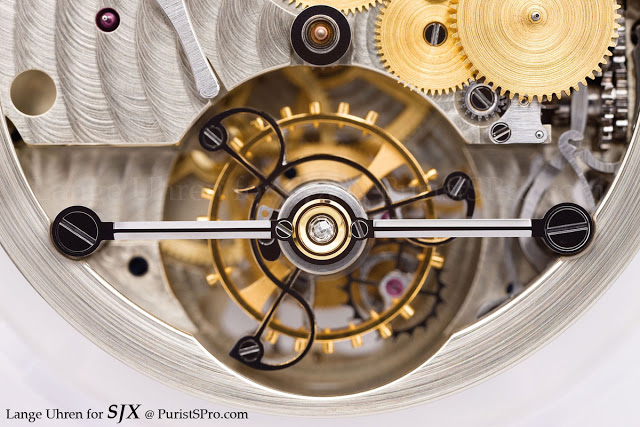
The full press release can be seen below. And fans of Lange will also want to know more about its in-house hairspring manufacturing.
Lange press release: The Beauty of the Invisible Traditional finish techniques at A. Lange & Söhne A. Lange & Söhne timepieces of the 21st century constitute the link to a heritage that began in Saxony more than 165 years ago. From the very beginning, Ferdinand A. Lange described his business philosophy as follows: “With the knowledge that quality craftsmanship always assures the most advantageous purchase, we are aware that we can render the best service to our clientele by supplying only watches of the highest class.” Lange still upholds this commitment to the ethics of the artisan, because this alone creates a little piece of eternity in an ever changing world. Indeed, A. Lange & Söhne timepieces still feature quality hallmarks that were once the norm in high-end watchmaking, but which were gradually abandoned in favour of cost effectiveness in production. Among the typical hallmarks are the surface finishes applied to nearly all movement parts. For the owner of such a piece of art, the composition of aesthetic details is matched by the mechanical precision of the movement. Every single one of them illustrates the manufactory’s uncompromising quest for perfection. Here is an overview of the most important finish techniques:
 |
| Black polish – the most sophisticated and challenging finishing technique – is performed exclusively on the tourbillon bridge and cage. It can take up to five days to polish one single part. |
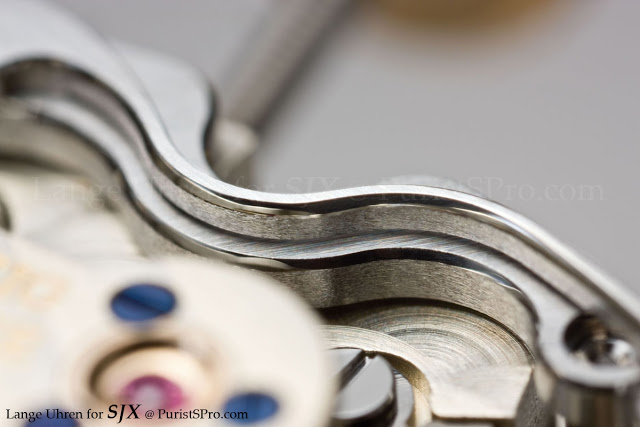 |
| Chamfering: At Lange every single bevel on almost all parts is polished by hand, at an angle of exactly 45 degrees. Sharp inner corners are particularly challenging. |
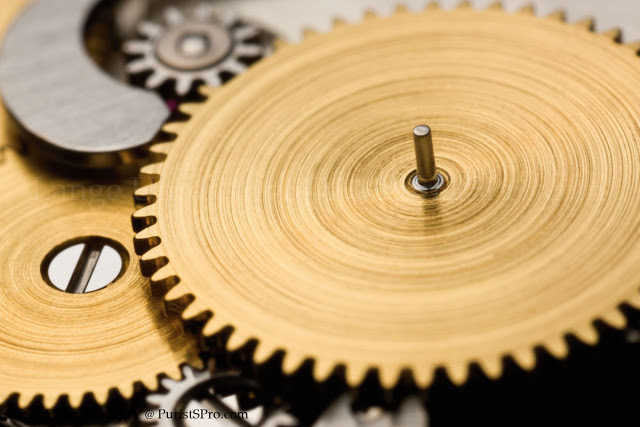 |
| Circular graining is used on round shapes such as wheels. Unlike most other finishes, this one is applied by rotating the part around the tool. |
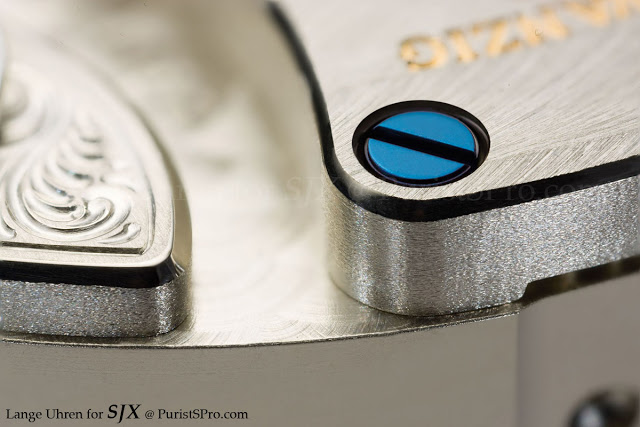 |
| Contour grinding: The contours of all framework components are given a matt finish to create a vivid interplay with the polished edges. |
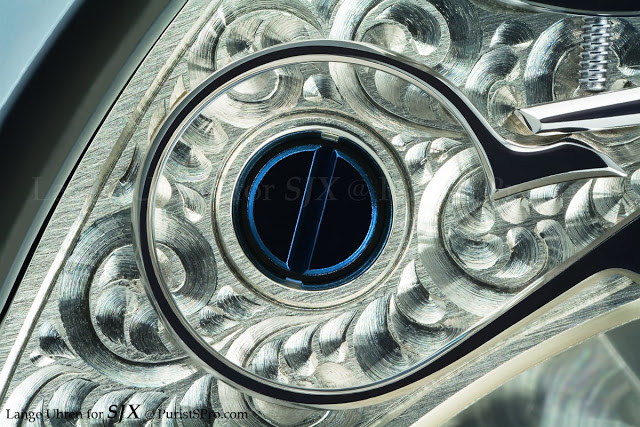 |
| The engraving turns each A. Lange & Söhne timepiece into a unique and personal belonging: Every balance cock is hand engraved with lavish floral elements by one of six master engravers. |
 |
| The mirror-smooth surface of the flat polish is achieved by rubbing the part in a figure-eight motion on special foils coated with diamond dust. |
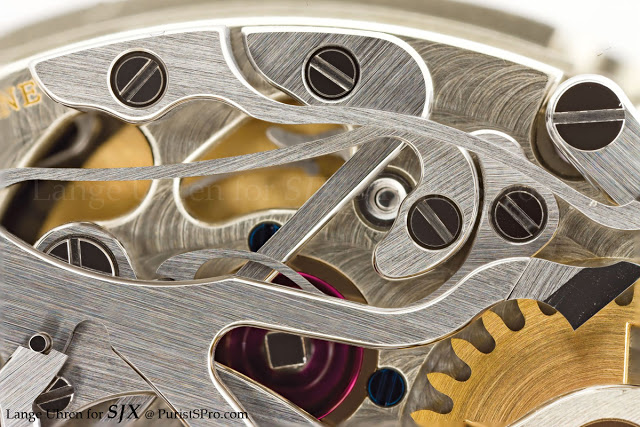 |
| Linear finish: The fine lines in a parallel direction are achieved by sliding a part in one direction over a piece of abrasive paper. |
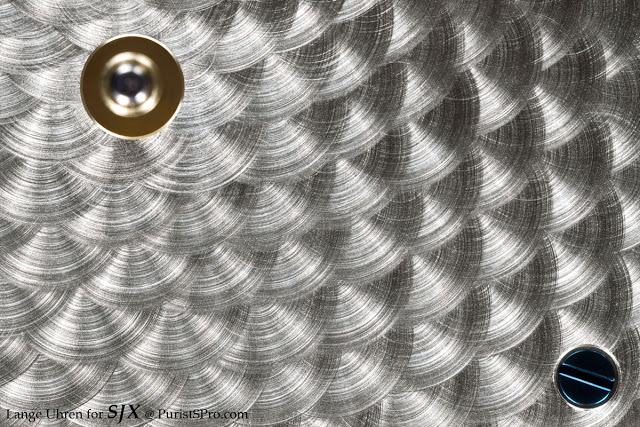 |
| The perlage consists of small, overlapping circles, achieved with a rotating grinding tip. In A. Lange & Söhne watches, it is mainly used for bridges and plates. |
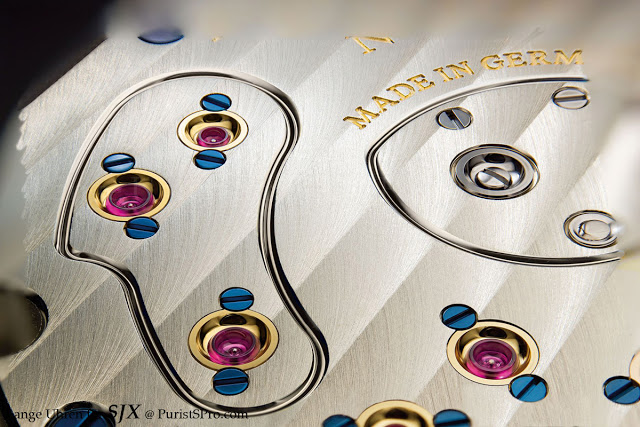 |
| The Glashütte ribbing emulates a gently rippled effect. The pattern decorates the three-quarter plate and some other large parts of the framework. |
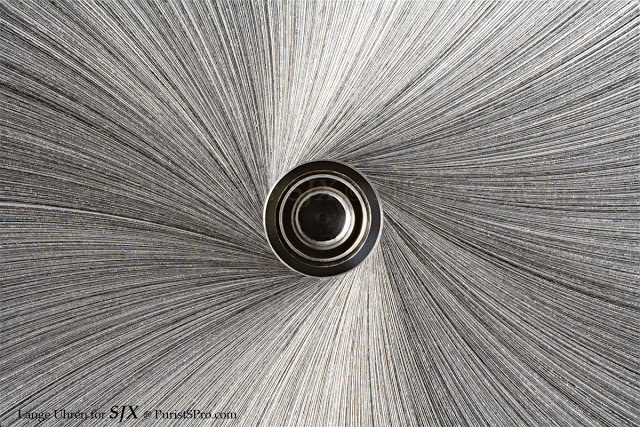 |
| The sunray finish is mainly used on bigger wheels and parts of the framework. The graining results in a spirally pattern. |
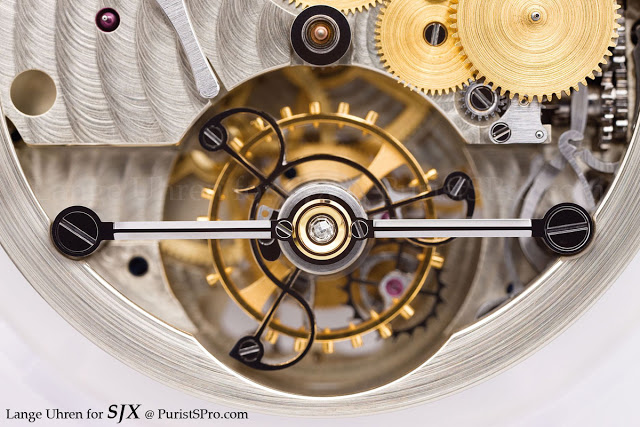












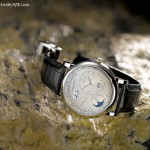
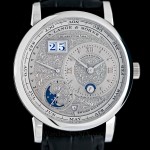
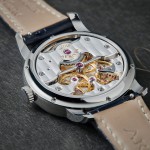
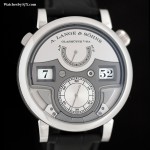
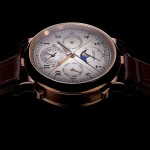
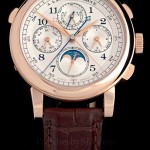
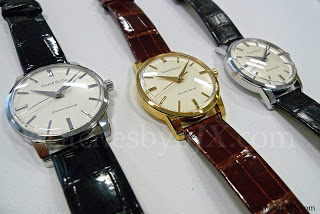
.jpg)
